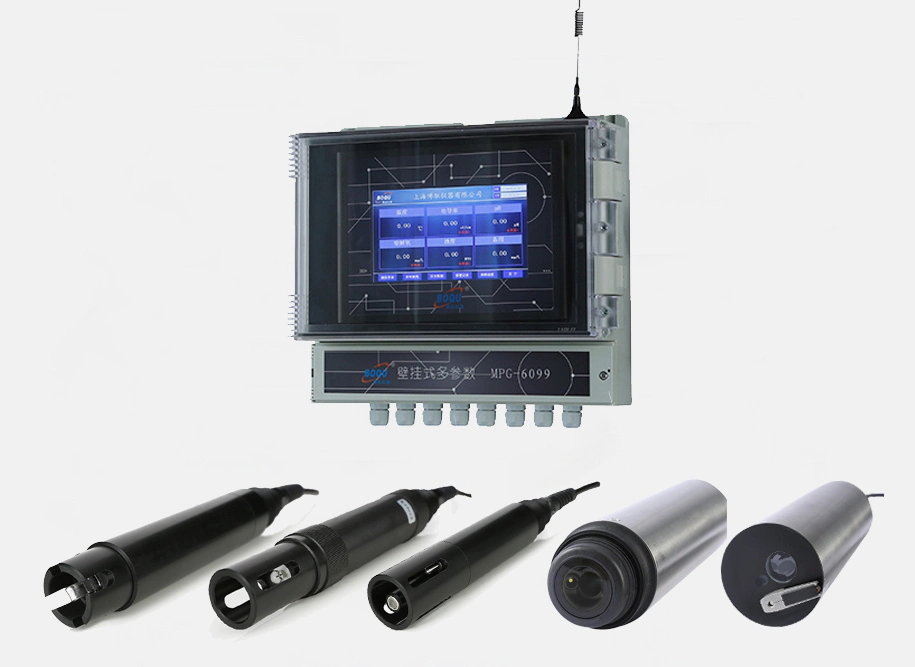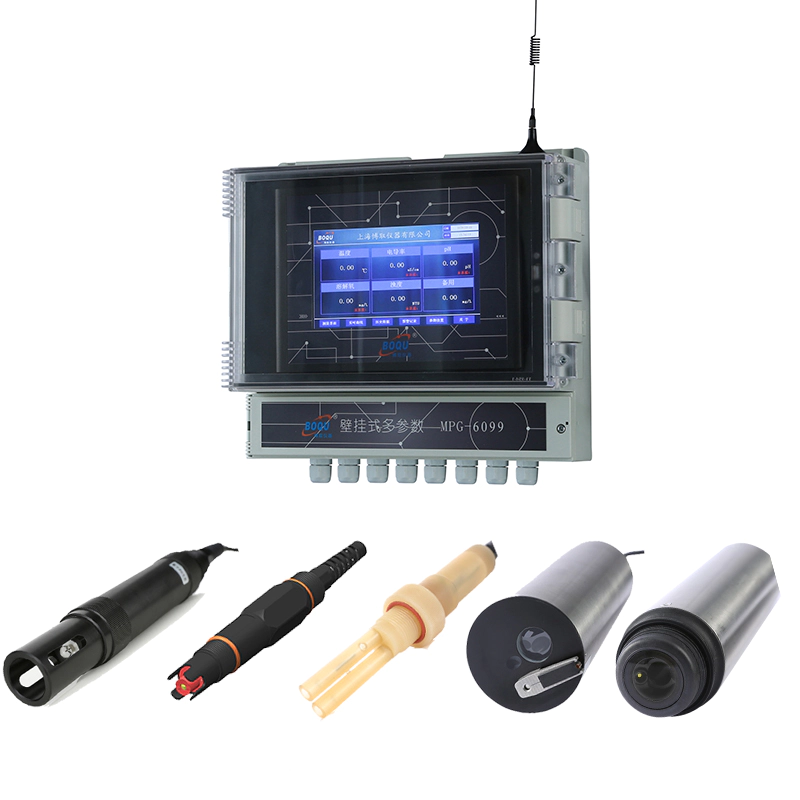Steps To Use The Portable Multiparameter Water Quality Meter
1. Preparation
Get familiar with the equipment: The user should first get familiar with the appearance and function of the portable multiparameter water quality meter. The equipment usually consists of a host, a sensor and a display. The host is the core component for controlling and processing measurement data, the sensor is used to detect water quality parameters, and the display is used to display measurement results and related information.
Charge the device or install the battery: Make sure the device has been charged or a new battery has been installed to ensure the normal use of the device.
Connect the water sensor: Turn on the host and connect the sensor to the host according to the device manual.
Clean the cuvette: Prepare some cleaning supplies, such as an ultrasonic cleaner or a special detergent, to keep the outside and inside of the instrument cuvette clean. After washing, rinse with pure water and wipe off the water and fingerprints on the cuvette with a soft cloth.
2. Calibrate the Multiparameter Water Quality Meter
Select the calibration solution: Select the appropriate one according to the instructions in the instruction manual and make sure it is not expired.
Perform calibration: Immerse the water sensor in the calibration solution, wait a while for the instrument to stabilize, and then perform the calibration according to the instrument display or instructions.
3. Prepare Water Samples
Collect water samples: Collect the water samples to be tested and put them into a clean container. Make sure the container is clean and free of contamination. You can choose to use a sterile container.
Water sample processing: For non-clear and transparent water bodies, a microporous membrane filter can be used to filter the water sample required for testing. 1~2mL of the initial filtrate should be discarded during filtration, and the filtrate obtained is used as the water sample to be tested.
4. Start Testing
Zero calibration: If the instrument needs to be zeroed, perform the zero calibration operation according to the instructions in the manual, such as using a colourimetric bottle to take 10mL of colourless and clear water sample to be tested and put it into the testing instrument for zeroing.
Test water sample: Immerse the sensor in the water sample, ensure that the sensor is in full contact with the water sample, and avoid the presence of air bubbles. According to the requirements of the instrument, wait for a period of time for the instrument to stabilize and measure.
Record the results: Once stable, the instrument will display or output the corresponding test results, such as pH value, dissolved oxygen concentration, turbidity, etc. Record the measurement results.
5. Interpret The Results
Refer to the required water quality standards or requirements and interpret the test results. Compare the difference between the measured value and the standard value to determine whether the water quality meets the requirements.
6. Cleaning And Maintenance
Cleaning: After use, clean the water sensor and multiparameter water quality meter in time according to the instructions in the instruction manual. Use appropriate cleaning agents or methods to ensure that the sensor and instrument surfaces are clean and remove any residues that may affect the next test.
Battery check: Check the battery level of the instrument, replace the battery or charge it as needed to ensure that the instrument is in a usable state when it is used next time.
7. Sample Processing
After completing the test, handle and dispose of the water sample as needed. This may include pouring out the sample, cleaning the sample container, or sending the sample to the laboratory for further analysis.
8. Maintenance And Storage
Perform regular maintenance of the instrument according to the instructions in the instruction manual to ensure that the instrument is in the best working condition. At the same time, place the instrument in a dry and ventilated place to avoid exposure to high temperature, humidity or direct sunlight.
Boqu is a professional multiparameter water quality meter supplier and manufacturer in China, with over 10 years of manufacturing experience. We can provide various kinds of water quality analyzers, which can meet your needs, welcome to visit our factory!

Contact Us
Office Add:No. 118 Xiuyan Road,Pudong New Area,Shanghai,Zip Code:201315,China
Contact us right away
BOQU Instrument focus on development and production of water quality analyzers and sensors, including water quality meter, dissolved oxygen meter, pH sensors, etc.








